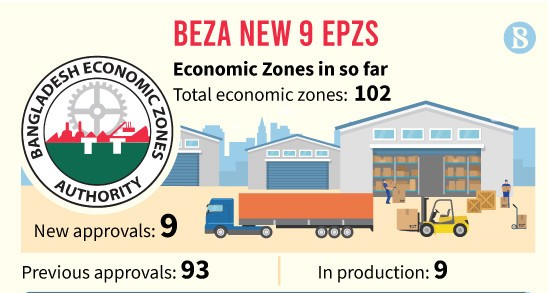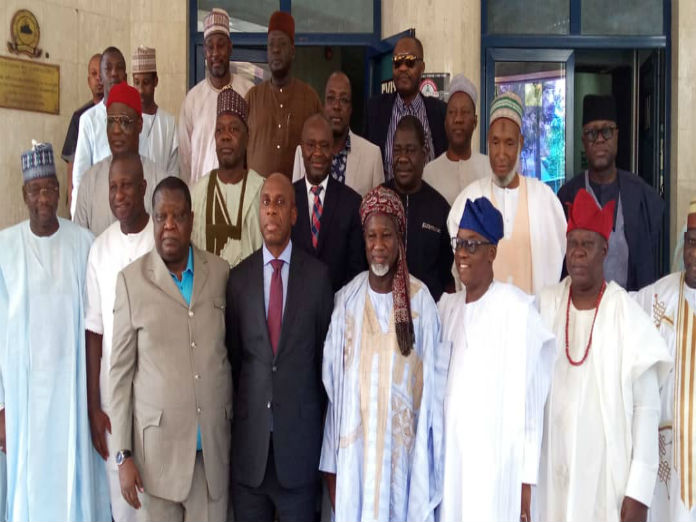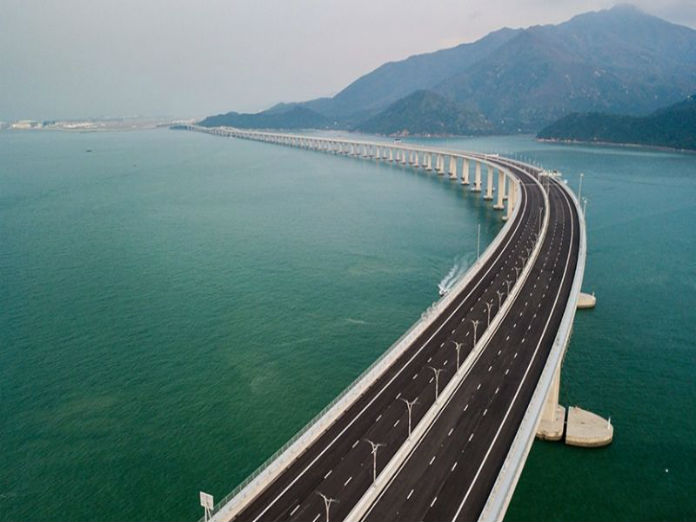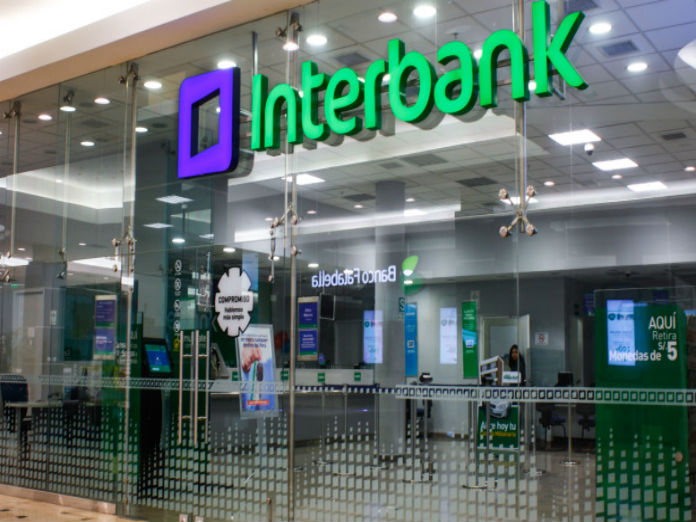BANGLADESHI GOVT APPROVES 9 NEW ECONOMIC ZONES
The government of Bangladesh will be setting up nine more economic zones in the country to add to the 93 previously approved economic zones, which brings the number of economic zones to 102.
The approval came at a recent governing board meeting of the Bangladesh Economic Zone Authority (Beza), chaired by Prime Minister Sheikh Hasina.
The newly approved economic zones will be established at Nawabganj in Dhaka, Bhuapur in Tangail, Sandwip in Chattogram, Sapahar in Naogaon, Dinajpur Sadar, Companiganj in Noakhali, Chhatak in Sunamganj, Bera in Pabna and Hizla in Barisal.
The new economic zones will be set up on a total land area of 26,730 acres. The largest among these zones will be in Sandwip, on 13,000 acres of area covering Bathanbari, Chiringa, Kakrarchar, Boalia, Bagarchar and Char-Kaunia of the island upazila along the southeastern coast of Bangladesh.
Beza began its journey in 2010 with the target of establishing 100 economic zones. At the end of 2014, Beza was brought under the Prime Minister’s Office (PMO).
$26-billion investment proposal
The Beza governing board meeting was informed that 192 local and foreign companies have made $26 billion worth of investment proposals for the previously approved economic zones.
Once implemented, the investment proposals are expected to create employment opportunities for 10 lakh people.
At the meeting, Beza also revealed that 26 companies have started production in 9 previously approved economic zones.
Another 27 factories are under construction, it said, adding that the institutions which have already gone into production have generated 35,000 jobs. An additional 1.5 lakh people are expected to get employment in the 27 under-construction factories.
Among the 192 institutions that have thus far made investment proposals in the country’s economic zones, 131 are for the flagship economic zone of Sheikh Mujib Industrial City, according to Beza.
Some 6,288 acres of land have been allotted in favour of these firms, among which there are companies from India, China, Japan, the United Kingdom, Singapore and South Korea.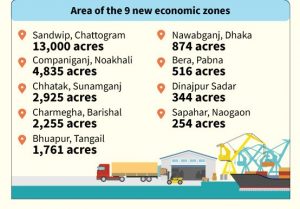

The volume of investment proposed by investors who have been allotted land in Sheikh Mujib Shilpa Nagar is about $19 billion. The implementation of these investment proposals will create employment opportunities for eight lakh people.
Beza informed the prime minister that about 15 lakh people will be employed in the industrial park in the next 20 years.
The meeting was told that in addition to setting up the required number of central effluent treatment plants and sewage treatment plants, desalination plants will also be constructed at the Shilpa Nagar.
Shafiul Islam Mohiuddin, a member of the task force formed by the commerce ministry to attract foreign investment, told The Business Standard that Bangladesh is a country with huge potential for investment.
However, the potential is not being exploited owing to backwardness in ease of doing business caused by bureaucratic complexities, high tax rates and a lack of long-term policies, he added.
The former president of the Federation of Bangladesh Chambers of Commerce and Industry (FBCCI) also said if the investment and business environment in the country is improved, then more foreign investment will be available in the economic zones.
Necessary steps must be taken up immediately to make use of the opportunity, he stressed.
Formation of cell for Maheshkhali-Matarbari development projects
The meeting decided to form a cell at the PMO to monitor and coordinate the ongoing development activities in the Maheshkhali-Matarbari area.
The decision was taken at the request of the Japanese government.
The cell, styled “Maheshkhali Matarbari Integrated Infrastructure Development Initiative (MIDI)”, will be headed by the principal secretary to the prime minister.
In 2014, Prime Minister Sheikh Hasina and the then Prime Minister of Japan Shinzo Abe announced a new development concept called “the Bay of Bengal Industrial Growth Belt (Big-B)”. Under this concept, the Maheshkhali-Matarbari area was identified as a “core development area” in consideration of the suitability of setting up a deep seaport in the area. And accordingly, work on setting up a deep seaport along with power stations started at Matarbari.
Some 37 projects of various government and non-government organisations, including an LPG-LNG terminal and power plants are currently underway in the Maheshkhali-Matarbari area.
The government finalised a land-use plan in August last year to coordinate the work on all these projects.
The recent meeting of the Beza governing board also decided to set up an eco-tourism park in Maheshkhali, scrapping a previous plan to establish a special economic zone there. The meeting decided to name the eco-park as “Sonadia Eco-Tourism Park.
(TBS NEWS)

